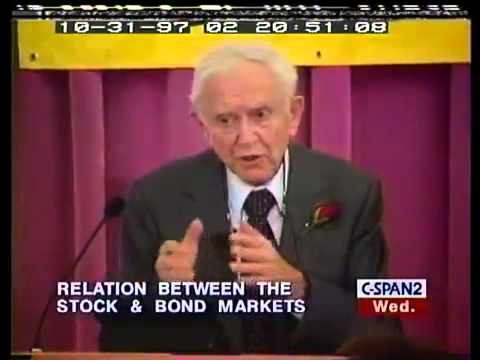Giants of Finance Charles Dow
Post on: 22 Май, 2015 No Comment

Although he never served as a chief executive officer (CEO) or built an empire from scratch, Charles Dow’s name is forever entwined with the world of finance, thanks to the market average that bears his name. However, Dow’s contribution goes far beyond his famous average. He was motivated by a desire to open the world of high finance up to the everyday public. This article will look at the life of Charles Dow.
Not Quite Wall Street
There were no financial pages lining the crib of Charles Henry Dow. He was born on a farm in Connecticut on November 6, 1851. Despite having no formal training and little education, Dow left the farm to make his mark in journalism at the age of 21. He was able to find a series of jobs as a reporter for different publications and quickly found that he had a talent for historic pieces as well as an interest in the business sector.
Editors encouraged Dow’s forays into finance and the young reporter began writing investigative pieces on various industries. In the course of reporting, Dow interviewed many capitalists, financiers and industrialists. He used these interviews to learn about the methods Wall Street insiders used to evaluate stocks .
In 1882, Charles Dow and a fellow reporter, Edward Jones, decided to start their own company, Dow, Jones & Company. Their first publication, in 1883, was the Customers’ Afternoon Letter. It was a two-page summary of the day’s financial news, including the movement of certain stock prices, laid out in an easy-to-understand format. At a time when many reporters would accept bribes to pump up a stock in their articles, Dow established a reputation for unbiased analysis. More importantly, he wrote analysis that the majority of people could understand.
The precursors to the Dow Jones Industrial Average (DJIA) appeared in this small newsletter as averages of a few major stocks in the shipping and rail industry. Dow wanted to include a market average to give his readership an idea of whether the market was advancing or retreating, thus providing some clarity and an overall picture that otherwise could easily be lost by focusing on the ups and downs of a multitude of stocks. By 1896, the first DJIA was calculated using the top 12 stocks in the market. The initial calculation was a simple sum and divide that yielded 40.94 as the first published average.
The Wall Street Journal














